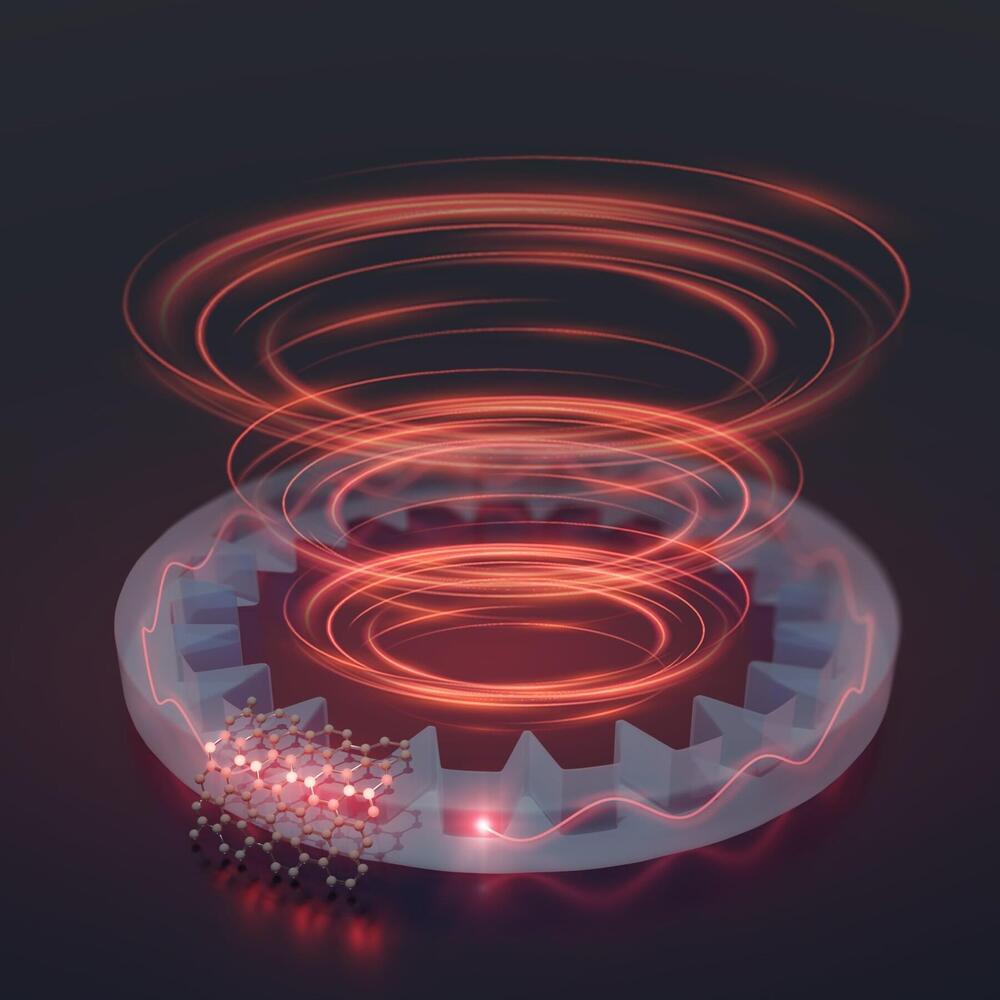Quantum computers and communication devices work by encoding information into individual or entangled photons, enabling data to be quantum securely transmitted and manipulated exponentially faster than is possible with conventional electronics. Now, quantum researchers at Stevens Institute of Technology have demonstrated a method for encoding vastly more information into a single photon, opening the door to even faster and more powerful quantum communication tools.
Typically, quantum communication systems “write” information onto a photon’s spin angular momentum. In this case, photons carry out either a right or left circular rotation, or form a quantum superposition of the two known as a two-dimensional qubit.
It’s also possible to encode information onto a photon’s orbital angular momentum —the corkscrew path that light follows as it twists and torques forward, with each photon circling around the center of the beam. When the spin and angular momentum interlock, it forms a high-dimensional qudit—enabling any of a theoretically infinite range of values to be encoded into and propagated by a single photon.










Comments are closed.